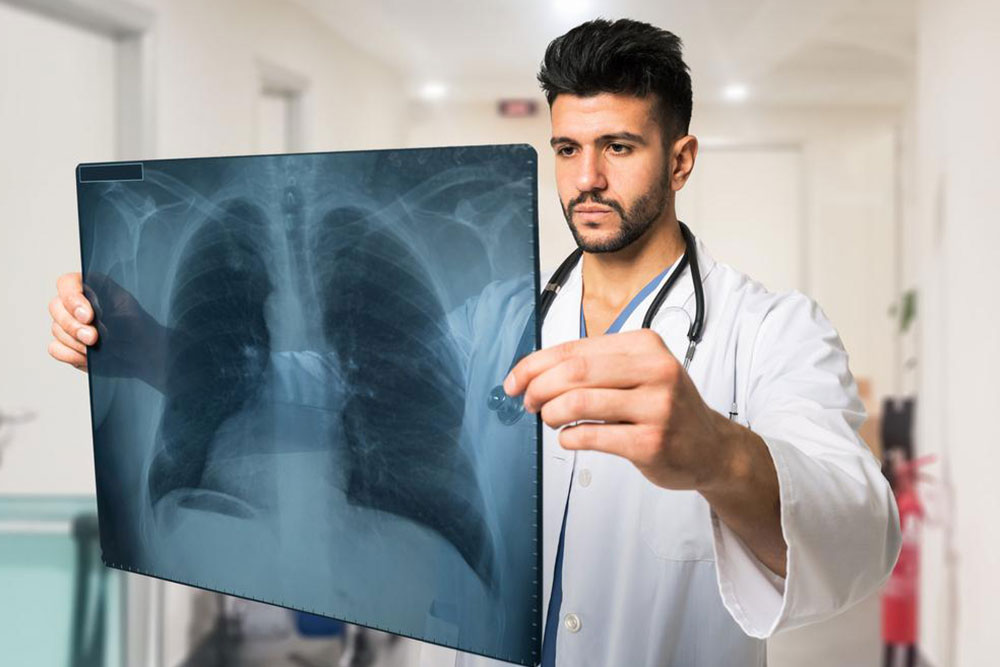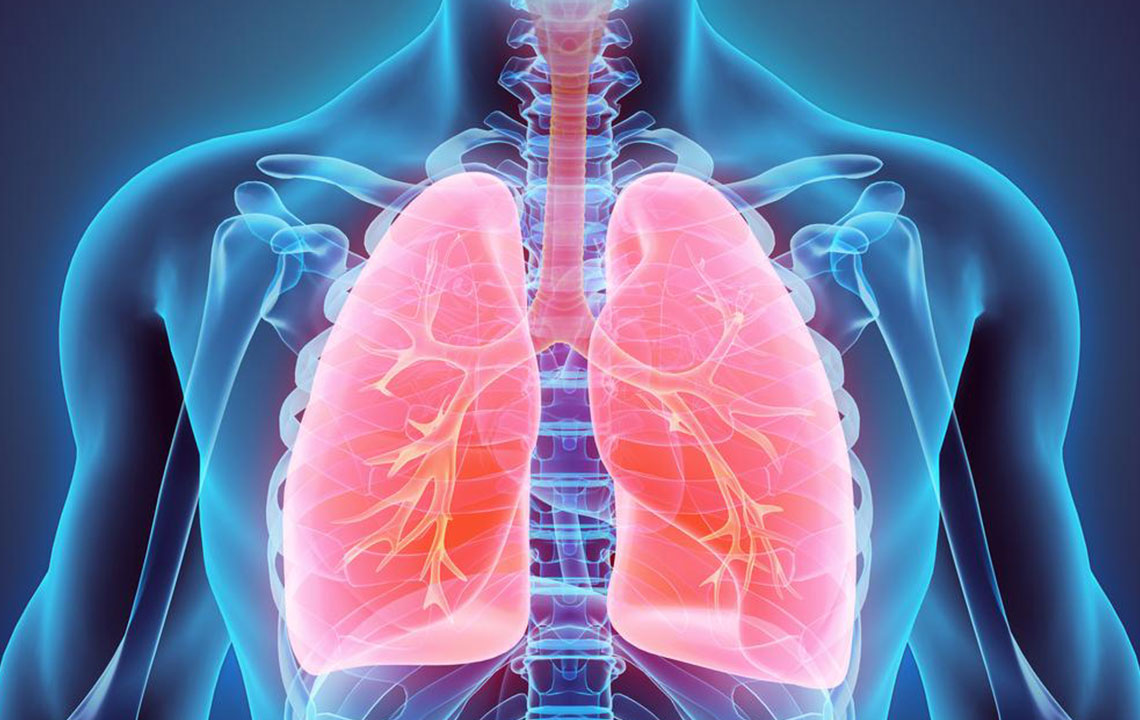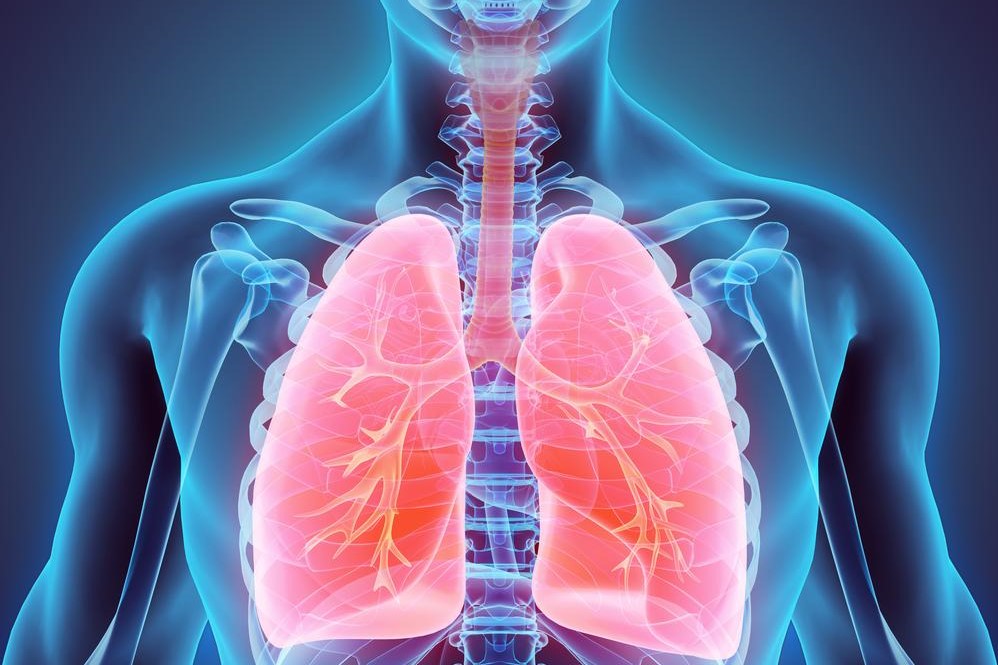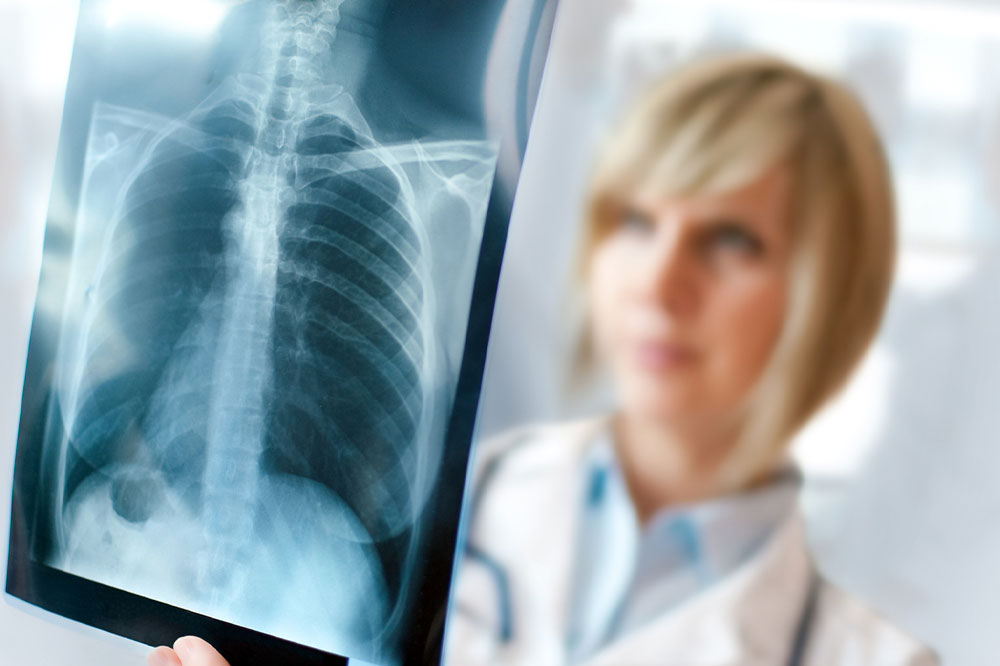Key Indicators of Lung Cancer You Should Know
This article highlights the primary signs of lung cancer, including persistent cough, increased infection risk, and visible skin and bone symptoms. Recognizing these indicators early can facilitate timely diagnosis and treatment. Understanding the impact of smoking and secondhand smoke exposure underscores the importance of preventive health measures. Awareness of these symptoms is crucial for early intervention and improved outcomes.

Key Indicators of Lung Cancer You Should Know
Lung cancer originates in the lung tissues and presents in various forms, including small cell and non-small cell types. Tumors can grow significantly before symptoms become apparent. Smoking is a primary risk factor, making lung cancer the leading type of cancer globally, according to WHO research. Exposure to secondhand smoke can also elevate risk. Detecting lung cancer early is essential, as symptoms often develop late, emphasizing the importance of awareness of its main signs.
Recognizing 3 Major Symptoms
Coughing and Respiratory Issues
One prominent symptom of lung cancer involves persistent coughing.
The cough associated with lung cancer often produces large amounts of phlegm and can occasionally include blood. This ongoing cough can cause chest pain due to the strain of constant coughing, leading to discomfort and fatigue. Additional symptoms include wheezing, shortness of breath, hoarseness, and loss of appetite, all contributing to overall exhaustion and reduced quality of life.
Increased Infection Susceptibility
Lung cancer weakens the immune system, making patients more prone to infections such as pneumonia and bronchitis. The persistent cough and compromised immunity reduce the body's ability to fight off viruses and bacteria, further complicating health conditions.
Skin and Bone Manifestations
External signs include yellowish skin discoloration similar to jaundice, indicating liver involvement. Bone pain may occur in hips, ribs, back, or legs, and inflamed lymph nodes near the collarbone are common. As tumors spread to major blood vessels, blood circulation becomes impaired, causing inflammation, swelling, and discomfort in bones and muscles.
Important Notice:
Our informational content spans various health topics, providing valuable insights and practical advice. While the information is based on research, it should not replace professional medical consultation. The accuracy of details is not guaranteed, and users should seek expert advice for diagnosis and treatment options. The website may omit certain offers or schemes that could benefit readers, and we disclaim responsibility for any discrepancies or inaccuracies.










